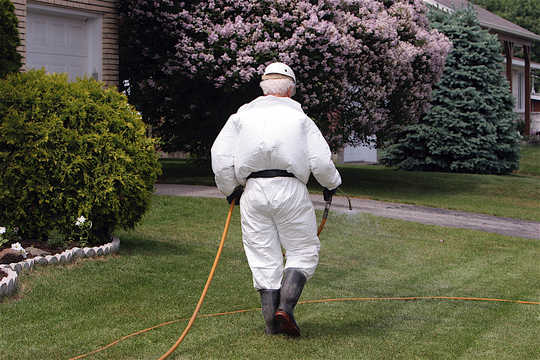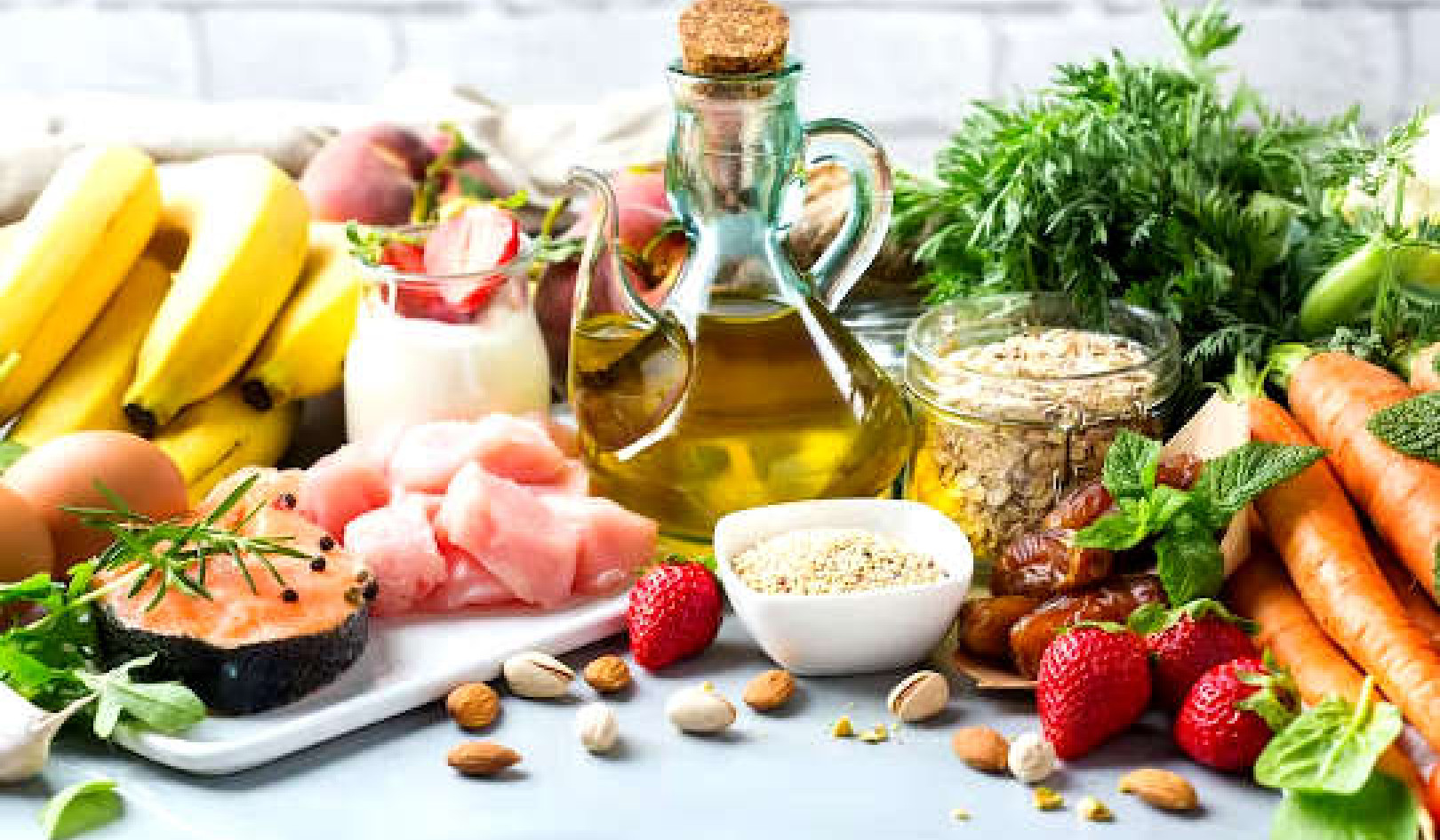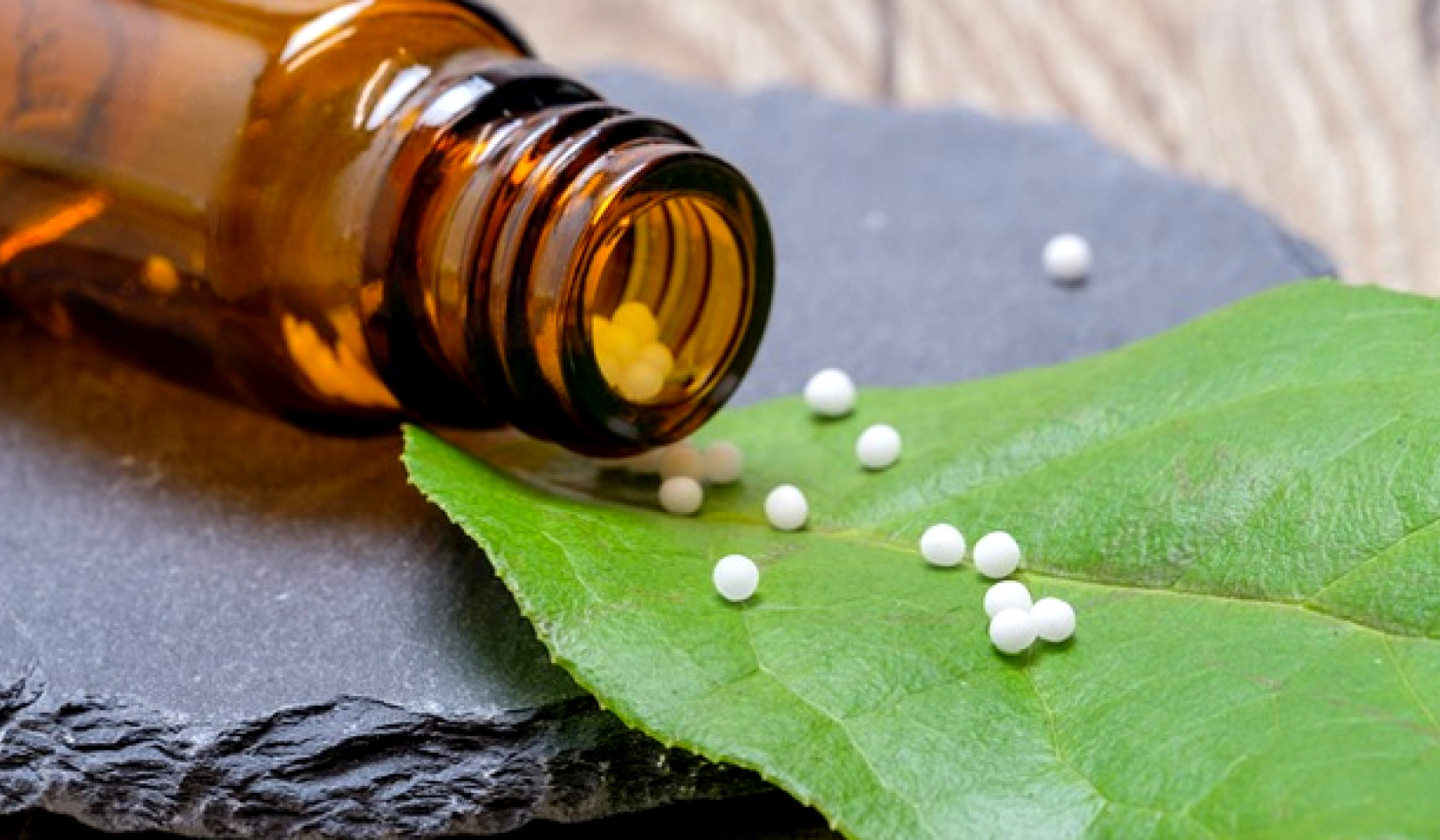
Who’s most at risk for pesticide exposure and how can you keep your kids safe? One expert has some answers.
Studies show that exposure to pesticides—specifically those containing chlorpyrifos, which attack an insect’s nervous system—can harm a child’s physical and mental development.
The Centers for Disease Control and Prevention’s National Health and Nutrition Examination Survey detected chlorpyrifos in 96% of children sampled nationwide, with those ages 6 to 11 having concentrations higher than adults.
Nancy Fiedler, a professor at the Rutgers University School of Public Health and deputy director of the Environmental and Occupational Health Sciences Institute, who is studying how pesticide exposure affects fetuses in each trimester of pregnancy, says it is unknown exactly when children are the most vulnerable, but says there is no question that most children—even those who live outside of agricultural areas where pesticides are sprayed—are at risk.
Here, Fiedler, who researches the effects of neurotoxicants, including pesticides, on human brain function and development, explains how children get exposed and what parents can do to keep them safe:
Q
Who is most at risk for exposure to chlorpyrifos?
A
A child’s brain development is most vulnerable in utero through early childhood. Such young children do not have the same ability to detoxify chemicals as adults. If a pregnant mother ingests or breathes in the chemical, it can cross through the placenta and affect the fetus. This is of particular concern for pregnant women who work in agriculture and for children who are exposed to the chemical residues on foods that are sprayed, like fruits and vegetables, and in drinking water.
Q
How can exposure affect development?
A
Studies have shown that babies exposed to chlorpyrifos before birth are at risk for developmental conditions, including low birth weight, lower mental and motor development, and lower intelligence. Studies also have shown increased risks for attention deficit hyperactivity disorder and autism. Moreover, these risks persist into middle childhood, resulting in lower overall cognitive ability.
Exposures to chlorpyrifos as well as other organophosphate pesticides is greater in low- and middle-income countries, such as Thailand, where we are currently conducting a birth cohort study. This study will help provide greater specificity about potential windows of vulnerability during pregnancy and the impact on neurodevelopment. Early measurement of the infant’s neural integrity at birth and the building blocks of attention and memory in infancy will help determine how pesticides may affect the trajectory of neurodevelopmental skills needed for performance in school and beyond.
Q
How can parents reduce children’s exposure to pesticides?
A
It is not safe for pregnant women to work where pesticides are sprayed. Families whose apartments and homes are sprayed can start by asking the building manager about the company it uses, how it is licensed, and what products are sprayed.
Even though companies say you can reenter your home a few hours after the application, there is good evidence that the chemicals are still present. It’s best to wait at least a day, if you can, before returning home. Families with young kids should put away or remove items that they might touch or put in their mouth, especially stuffed animals, which can be coated by the chemical for days. Carpets, which likewise can collect chemicals, should be removed if possible.
Parents should wash all produce, including those with peels you do not eat, thoroughly by soaking it in water then scrubbing it.
Also, wash your hands after touching fruit with thick skins like oranges and bananas so you do not contaminate the washed produce after peeling.
Source: Rutgers University
Books on The Environment from Amazon's Best Sellers list
"Silent Spring"
by Rachel Carson
This classic book is a landmark in the history of environmentalism, drawing attention to the harmful effects of pesticides and their impact on the natural world. Carson's work helped to inspire the modern environmental movement and remains relevant today, as we continue to grapple with the challenges of environmental health.
Click for more info or to order
"The Uninhabitable Earth: Life After Warming"
by David Wallace-Wells
In this book, David Wallace-Wells offers a stark warning about the devastating effects of climate change and the urgent need to address this global crisis. The book draws on scientific research and real-world examples to provide a sobering look at the future we face if we fail to take action.
Click for more info or to order
"The Hidden Life of Trees: What They Feel, How They Communicate?Discoveries from A Secret World"
by Peter Wohlleben
In this book, Peter Wohlleben explores the fascinating world of trees and their role in the ecosystem. The book draws on scientific research and Wohlleben's own experiences as a forester to offer insights into the complex ways that trees interact with one another and the natural world.
Click for more info or to order
"Our House Is on Fire: Scenes of a Family and a Planet in Crisis"
by Greta Thunberg, Svante Thunberg, and Malena Ernman
In this book, climate activist Greta Thunberg and her family offer a personal account of their journey to raise awareness about the urgent need to address climate change. The book provides a powerful and moving account of the challenges we face and the need for action.
Click for more info or to order
"The Sixth Extinction: An Unnatural History"
by Elizabeth Kolbert
In this book, Elizabeth Kolbert explores the ongoing mass extinction of species caused by human activity, drawing on scientific research and real-world examples to provide a sobering look at the impact of human activity on the natural world. The book offers a compelling call to action to protect the diversity of life on Earth.
al



























